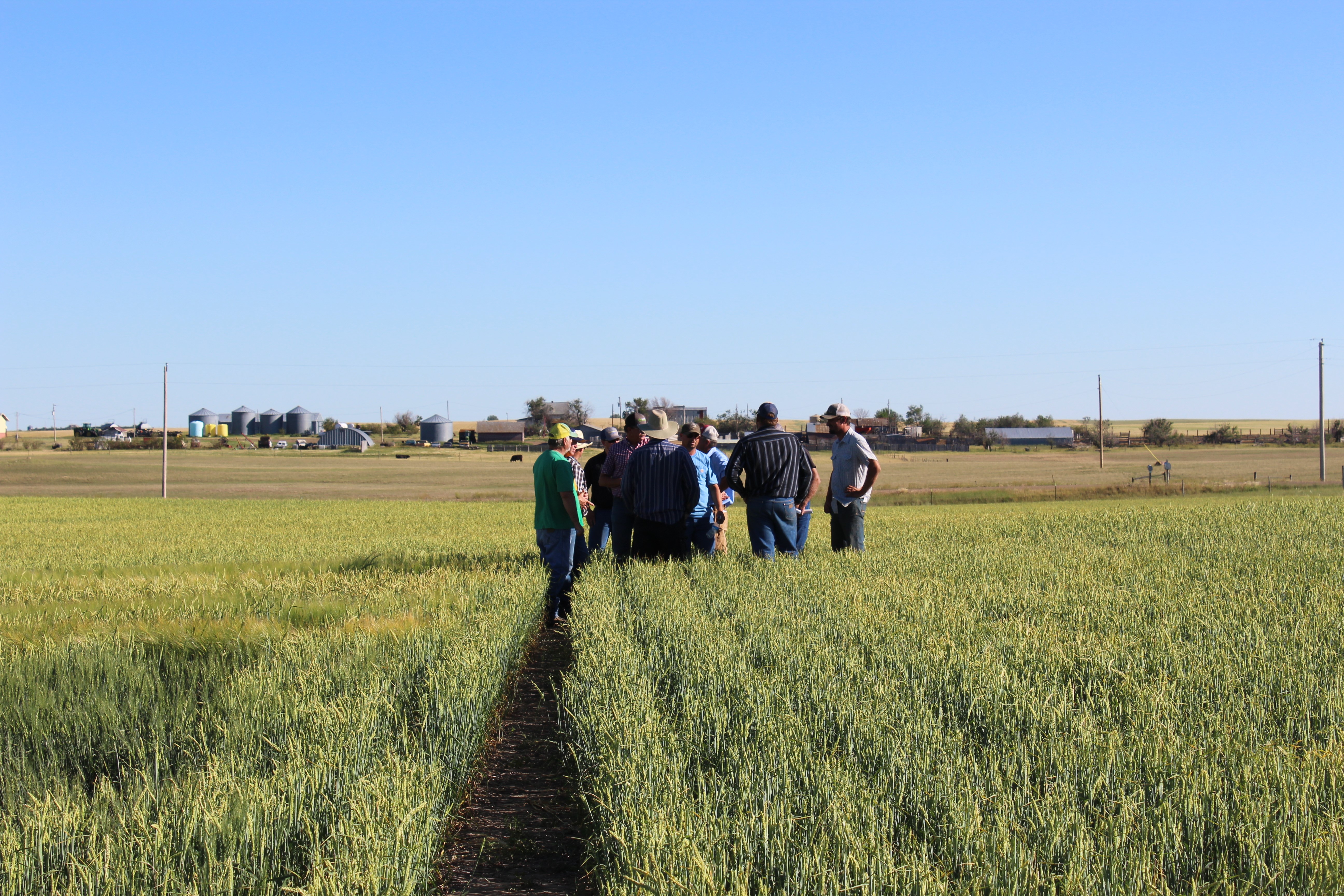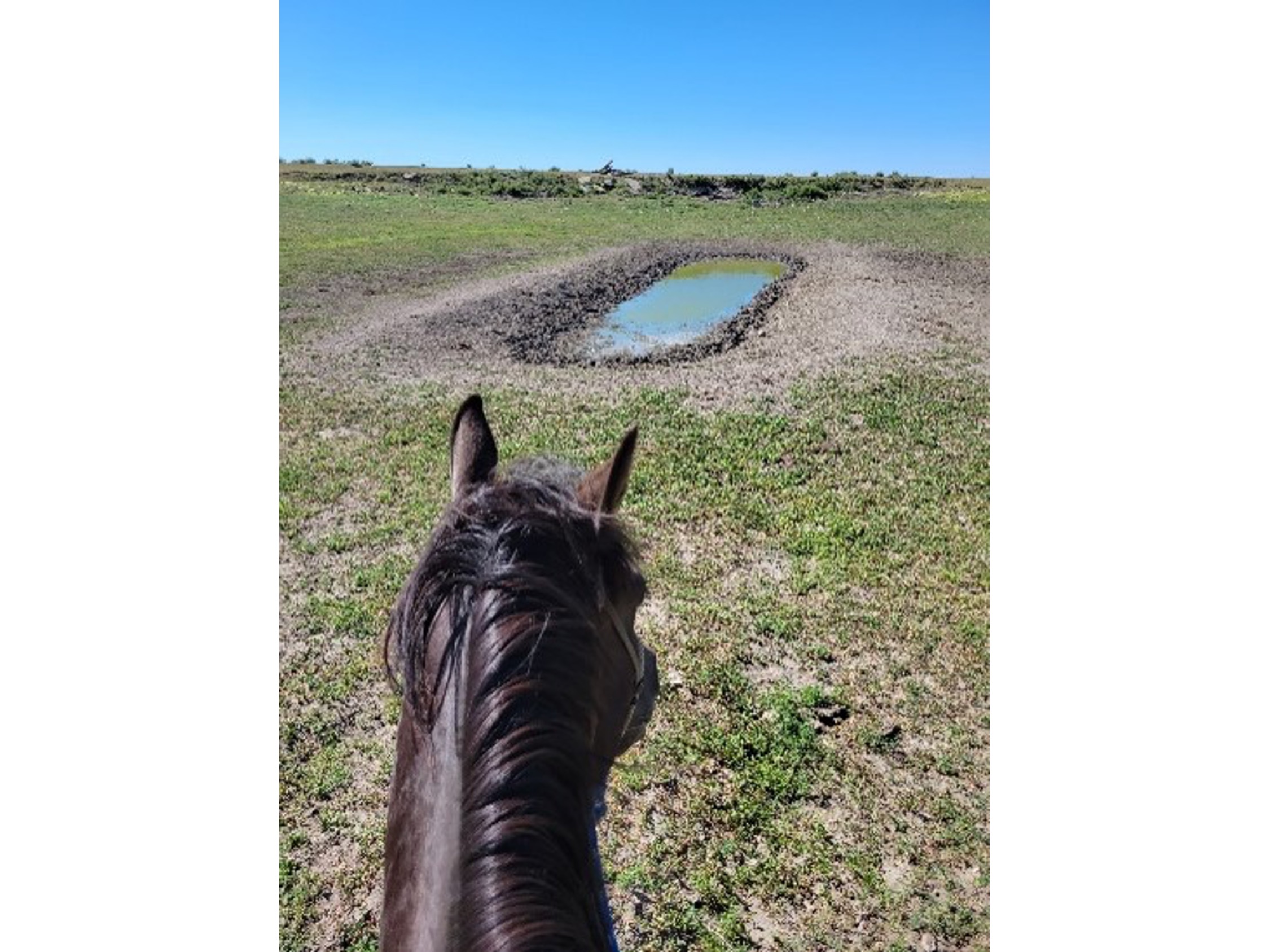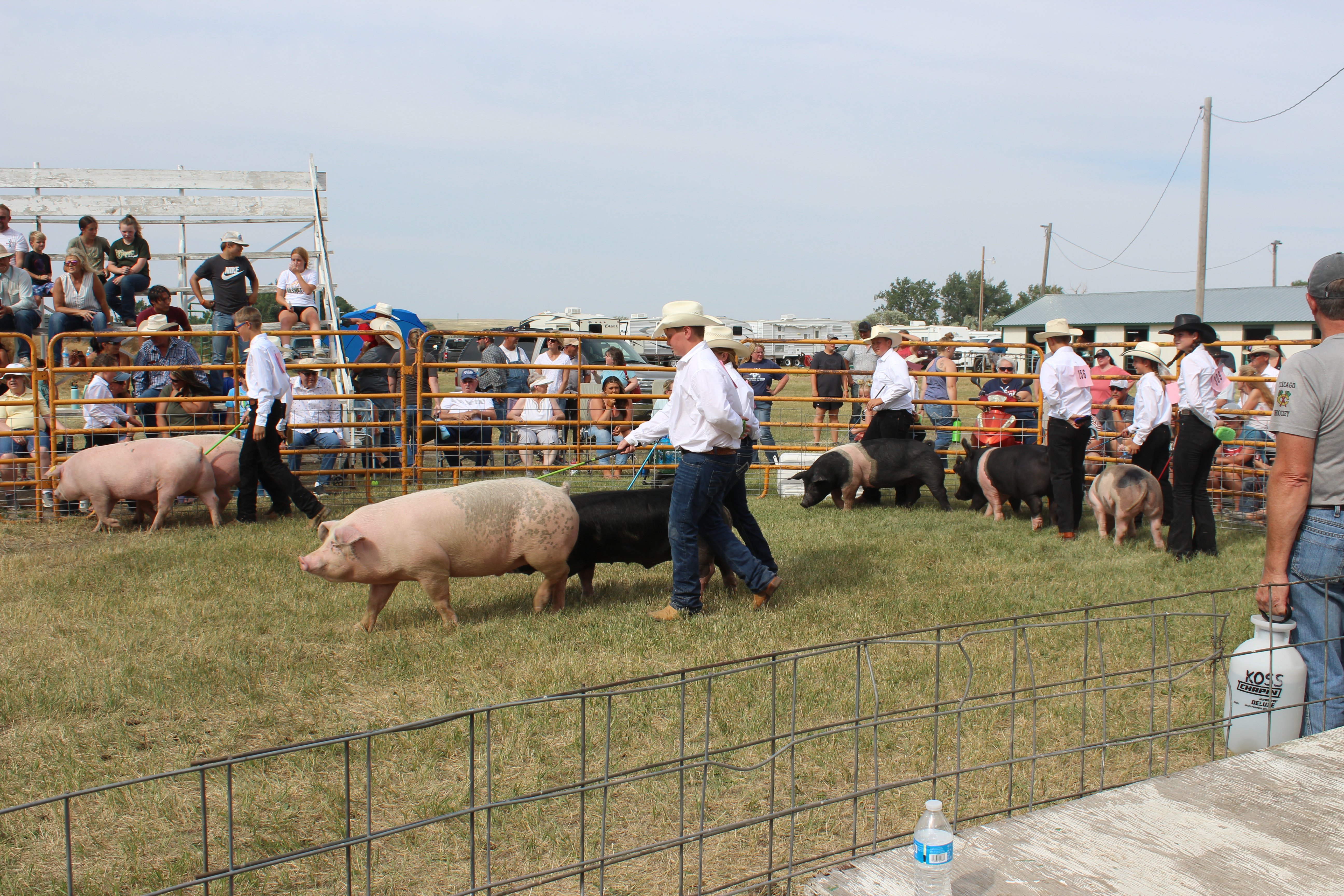
Phillips County
Agriculture and recreation in Phillips County
Published: 2022By Marko Manoukian
2022 a little better for crops, tough for livestock production
Published: 2022By Marko Manoukian
Livestock water continued to wither with a lack of winter snow and no rain event to replenish pits or reservoirs. By August 2022, many producers continued to sell livestock. The livestock population in Phillips County is half as much now as in 2020, leaving just 25,000 of the original 53,000 cattle. Without above-average winter precipitation in 2023, more livestock operators will be forced to sell cattle in the next year. Statewide from 2021 to 2022, an estimated 250,000 cows left Montana.
Extension Agent Marko Manoukian spoke during the year to the Malta Dirt Daubers about managing gardens and yards in drought and grasshopper pressure. He made recommendations of delaying planting annual shrubs or trees until adequate moisture has accumulated to fill the soil profile, and discussed how gardeners could be ready to defend their yards from grasshoppers in summer of 2022.
Grasshopper arrival was delayed, but by August they began to fly and devour crops. Many small grain and pea producers harvested as many hoppers in the first two rounds of combining as they did small grain or peas. Livestock operators that saved grass for fall grazing lost most of it to grasshoppers, making culling decisions more difficult.
How does the current drought compare to others? Some producers were here during the 1980s when 7 out of 10 years were dry. Some producers believe that the current grasshoppers and drought are more severe than in the 80s. Regardless, both are still here, and with the help of MSU Extension, Manoukian hopes clients can continue to be productive in 2023.
Strong 4-H Support in 2022
Published: 2022By Randee Lundstrom
The 4-H Livestock sale was a success with 82 animals being sold for $405,282, almost double the sale amount of last year. The average sales price for swine was $12.28/lb, beef was $5.91/lb, and sheep was $10/lb. This was a record-breaking sale for Phillips County 4-H, with the majority of support from local Phillips County businesses and some from surrounding counties.
Building 4-H for Tomorrow
Published: 2022By Randee Lundstrom
More than 40 Phillips County youth participated in livestock and miscellaneous judging. Judging activities help youth build skills in critical thinking, decision-making, communication and public speaking.
Fair is a great time for youth who take non-animal projects to show off their skills in other areas. LeatherCraft is the most popular non-animal project with 20 members enrolled. Other non-animal projects in Phillps County include baking, cake decorating, gardening, photography, robotics, sewing, small engines, veterinary science and visual arts.





